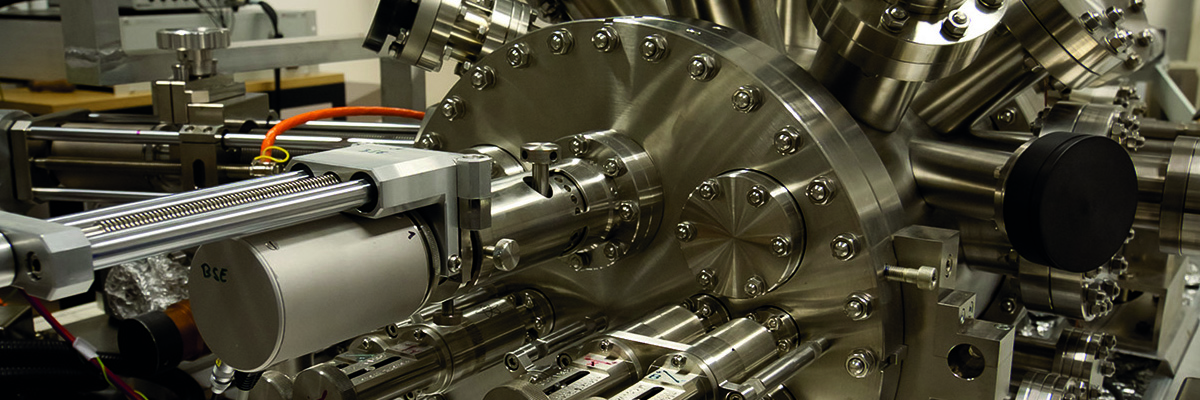
6. Diagnostic Methods and Techniques
RESEARCH PROGRAMME
DIAGNOSTIC METHODS AND TECHNIQUES
COORDINATOR
Ing. Ilona Müllerová, DrSc.
Institute of Scientific Instruments of the CAS
GOALS
- To make the use of low temperature physics for biology and space research
- To develop advanced non-invasive diagnostics procedures for human and veterinary medicine and biology
- To apply electron, ion, and light beams to nanodiagnostics and creation of structures
- To develop advanced measurement methods and metrology for research and industry
- To develop special technologies for extremely precise and technically advanced applications
Participating CAS Institutes
institute of Physics
Institute of Photonics and Electronics
Institute of Information Theory and Automation
Institute of Physiology
Institute of Organic Chemistry and Biochemistry
Institute of Experimental Medicine
Institute of Physics of Materials
Institute of Plasma Physics
Institute of Molecular Genetics
Institute of Inorganic Chemistry
Cooperating partners
FEI Czech Republic, s. r. o.
Frentech Aerospace, s. r. o., Brno
TESCAN ORSAY HOLDING, a. s.
DELONG INSTRUMENTS, a. s.
VIDIA, s. r. o.
Photon Systems lnstruments, s. r. o.
RUAG Gmbh
Rigaku ITE, s. r. o.
MESING , s. r. o.
FOCUS GmbH
API Optix, s. r. o.
Research Centre Rez
Czech and foreign universities and other institutes
Czech Republic has a long-standing tradition in the area of precise machinery, electronics, optics, special devices and corresponding advanced technologies. To make sure this tradition is upheld, extended into other areas and further developed at a cutting-edge level, it is necessary to seek new physical, chemical, imaging and diagnostics principles, new procedures and modern technologies, and to develop new methods for the study of microstructures and nanostructures of both living and non-living matter. Original theoretical results in natural and technical sciences are acquired during the evaluation of these principles, as are unique methodical procedures and device elements.
Progress nowadays is unthinkable without interdisciplinary approach, without intensive communication and cooperation among top specialists from a variety of disciplines. Often the time-tested procedures from one area cause a surprising breakthrough and further development in another area, if they are applied in a non-conventional way. The ultimate goal is their use in basic and applied research, predominantly in the areas of biomedicine and physics of materials, in industry and for the education of the next scientific generation.